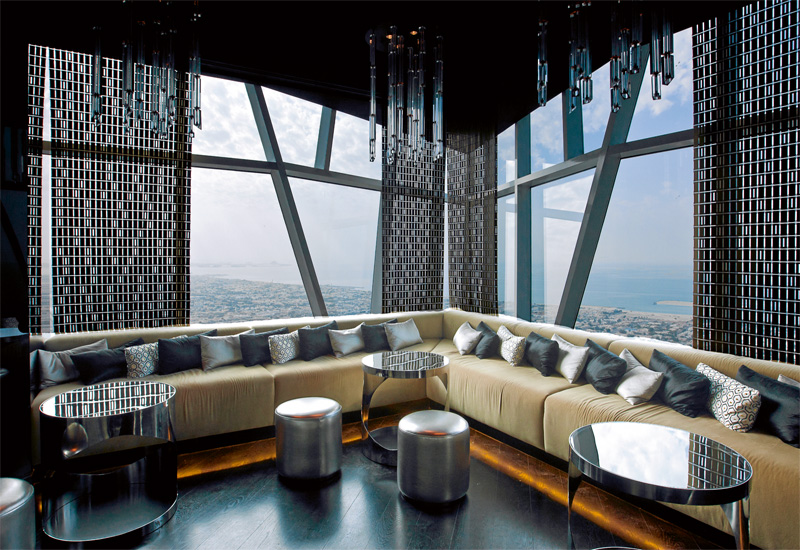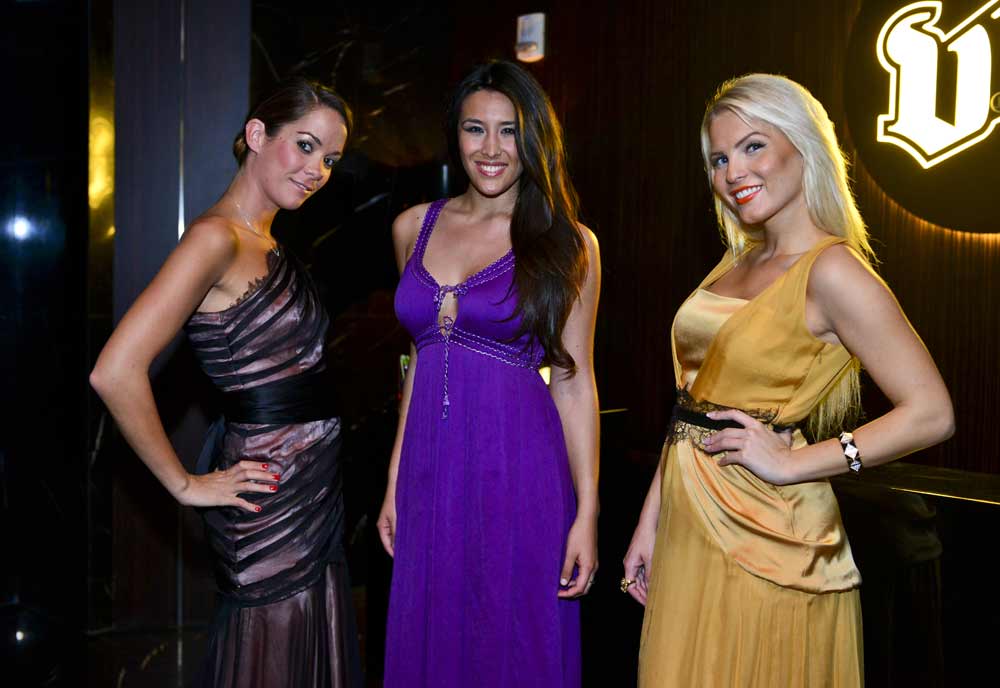The new JW Marriott Marquis Hotel Dubai is already bringing in the groups and creating a new conventions buzz in the emirate. Just two months into opening and Hotelier pays a visit to find out why this is not your average new launch
It’s not often you walk into a new luxury hotel to find guests bustling in the lobby, occupying various corners of the executive lounge and filling close to 350 seats in the all-day dining room.
But then, the JW Marriott Marquis Hotel Dubai is not your average new opening. Backed by owner Emirates Airline, which invested AED 2.2 billion (US $0.6 billion) in the two-tower building, the hotel is billed as the new icon for Dubai, officially recognised as the tallest hotel in the world, standing proud at 335 metres, and with 1608 rooms, 14 restaurants and 5100m2 of event space, it is already tempting a new coveted MICE market to the emirate.

| Advertisement |
While Emirates Airline ensured no detail was spared in the hardware, Marriott invested heavily in the software, bringing some of its best people in for the opening, which becomes the 58th JW Marriott hotel worldwide.
The hotel opened tower one last November, beating its friendly rivals Fairmont The Palm, Dubai and Conrad Dubai, also targeting a Q4 2012 launch. Considering the scale of the behemoth, how did the JW Marriott Marquis team hit the finish line on time?
According to the hotel’s general manager, this was partly attributable to determined leadership and a clear vision.
“I always say I love being a GM because you can be the master of your own destiny,” Rupprecht Queitsch tells me as we relax in the property’s executive lounge — which spans an entire floor.
“That’s easier said than done obviously, especially in the Middle East maybe because as you know some hotels didn’t open on time, but I think even when you are managing a construction site, it goes back to leadership and people skills to really bring the different trades together and see that there is a certain date. It also helped that I put some pressure on there and booked a large piece of business,” he says.
Naturally, Emirates Airline was eager to open the hotel, far better than having to deal with constant delays imposed by an owner, where the hotel team risks “losing a little bit of that steam”, says Queitsch.
Ultimately though, he says the pre-opening was driven through tenacious team work. “There’s nothing that can be done by the GM alone. I never want to claim that this is a one man or a small leadership team; you hire the right people,” he says.
“I love to surround myself with experts who are smarter maybe, I like to be challenged, I like to learn, I thrive on that, I can learn every day, every minute. But I also have the end in mind. I love Stephen Covey, a leadership guru, he has seven principles.
One is ‘have the end in mind’ and I think as a leader you’ve got to have a vision, you’ve got to see where you want to be or where the goal is and obviously you’ve got to get everybody aligned in one direction.”
Again, this is easier said than done, but Queitsch says once he’d hired his senior leadership team, the vision filtered down to the teams — recruited because of their “individual know-how and character”.
“I love to serve, I answer my phone or if I’m not there, [I call back] within the hour. I expect the same thing from everybody. [Everyone has] a point to contribute and if one of them fails, the whole chain starts to crack a little bit,” he says.
Under operation
Despite the bold November target, Queitsch says “we always like to have a plan B”, admitting that the hotel “didn’t put a lot of business on the books for the end of the year”.
News of visits from His Highness Sheikh Mohammed bin Rashid Al Maktoum, vice president and prime minister of the UAE and ruler of Dubai and HH Sheikh Ahmed Bin Saeed Al Maktoum, chairman and chief executive of Emirates Airline and Group, soon spread through the city, however, “kick starting” interest, while popular press conferences for bodies such as the Indian Film Council soon “sent the word out there”.
However, it was on New Year’s Eve that the hotel peaked for the first time, with all the rooms, restaurants and banquet space booked out, bringing 2500-3000 people to the hotel.
Ensuring the hotel could cope with this influx of guests again came down to the recruitment of a quality team, says hotel manager Bill Keffer.
“We did a tremendous amount of training in the opening and pre-opening phase and we went out and recruited really strong managers and supervisors. We have a lot of people in this hotel that are working in jobs that some people would consider a step backwards. I look at myself — I was a GM, I’m now a hotel manager.
I’ve got directors of operations that are now single discipline heads like F&B and rooms. I’ve got people that were director of rooms who’ve gone back to front office operations — because of the size and scope of the building we had to hire a particular type of person that could handle that volume,” Keffer explains.
“I have to tell you, an 800-plus room hotel is very different to a 300-400 room hotel in operations,” he adds. “You just come down to something like elevators.
When you’re trying to move on New Year’s Eve 2000 people through a building, all the way from a valet parking piece to a housekeeping piece to a room service piece, in just elevator traffic it is a very different animal from a smaller hotel.”
In total, Keffer estimates that they probably interviewed “between 10,000 and 12,000 people” for the hotel.
“We really went out and hired some of the best people in the company, from our director of culinary who was number two for Marriott corporate, to my director of F&B, who has fantastic global experience.
“I honestly believe that helped us transition into opening without these major catastrophes that a lot of people would have had or could have had,” reflects Keffer.
Article continues on next page ...










 Search our database of more than 2,700 industry companies
Search our database of more than 2,700 industry companies









